The Hidden Anxiety Issue with Diversity & Inclusion
Early in 2015, Apple committed over $40 million to the Thurgood Marshall College Fund, a non-profit that supports students enrolled in historically black colleges and universities.
“We wanted to create opportunities for minority candidates to get their first job at Apple,” said human resources chief, Denise Young Smith, at the time.
While Apple displayed commendable determination to embrace diversity in the workplace, they may have unintentionally alienated a large number of their employees at the same time.
It turns out a growing body of evidence indicates that white men – often, the workplace majority – feel attacked, left out and anxiety-ridden when faced with a company’s stated commitment to embracing diversity and inclusion.
What’s more, their minority counterparts also sometimes feel unseen threats from diversity initiatives.
Majority Anxiety
Results of several studies published in 2016 in the Journal of Experimental Social Psychology demonstrated this with crystal clarity.
In two studies, a group of young white men went through a simulated job interview experience. Half the “applicants” received recruitment materials that mentioned the company’s pro-diversity values. The other half saw no mention of diversity.
Regardless of their stated comfort levels with diversity and inclusion, the men interviewing with the pro-diversity companies performed worse during their interviews and showed physiological responses such as sweating and accelerated heart rate. Interestingly, even those who professed to be on board with corporate diversity efforts proved through their involuntary physiological reactions that the idea itself caused them stress.
Minority Anxiety
People of color and others who are the intended beneficiaries of inclusion programs have fears of their own. A survey of 3,000 employees in 20 large U.S. organizations revealed some startling realities about how “diversity anxiety” affects their behavior in the workplace.
Each of the organizations had a stated commitment to inclusion. Yet 40 percent of employees refrained from behavior commonly associated with their own ethnic group. To avoid standing out, 29 percent of them changed their attire, grooming or mannerisms in order to make their identity less obvious.
Many of these people also made conscious decisions to limit contact with their own group, and to stay silent when they observed discriminatory treatment of their group. Now, all of this happened in companies who support diversity and inclusion. In companies where diversity and inclusion are newly introduced, there can be even higher levels of discomfort for minorities.
Creating a New Framework
When white men feel anxious around the work of diversity and inclusion, there’s a part of them that thinks some opportunity or privilege is being taken away from them. Instead of attacking that thought, we need to validate it. They’re right: effective inclusion should create a wider pool of qualified people who might be up for that promotion they’ve worked for.
We also need to focus on cultural competence, not political correctness. When groups have a heightened level of intelligence about other cultures, they’ll have the vocabulary to help them understand and even advocate for a group, a viewpoint or an inclusion practice.
And, white males may feel less sting at their loss of privilege when they realize that, rather than disempowering them, diversity and cultural intelligence can empower them to improve their organizations in meaningful ways .
When everyone in a company is given a chance to acknowledge and understand that diversity and inclusion have impacts beyond mere compliance, they will be more likely to get behind those efforts.
Business Basics
As always, make the business case. We know there’s a solid body of research demonstrating the correlation between workforce diversity and company profits . Reiterating again and again the proven, positive business impact helps people understand that although they might be affected, they are not targets.
When leadership can broaden the concept and outcomes of diversity beyond race and culture, anxious stakeholders can actually become a constructive part of championing work that moves the whole organization forward .
Once the uncomfortable parts of diversity work are acknowledged with intention, and the focus moves to empowerment and improvement, the whole diversity and inclusion “thing” can become much less anxiety-provoking.

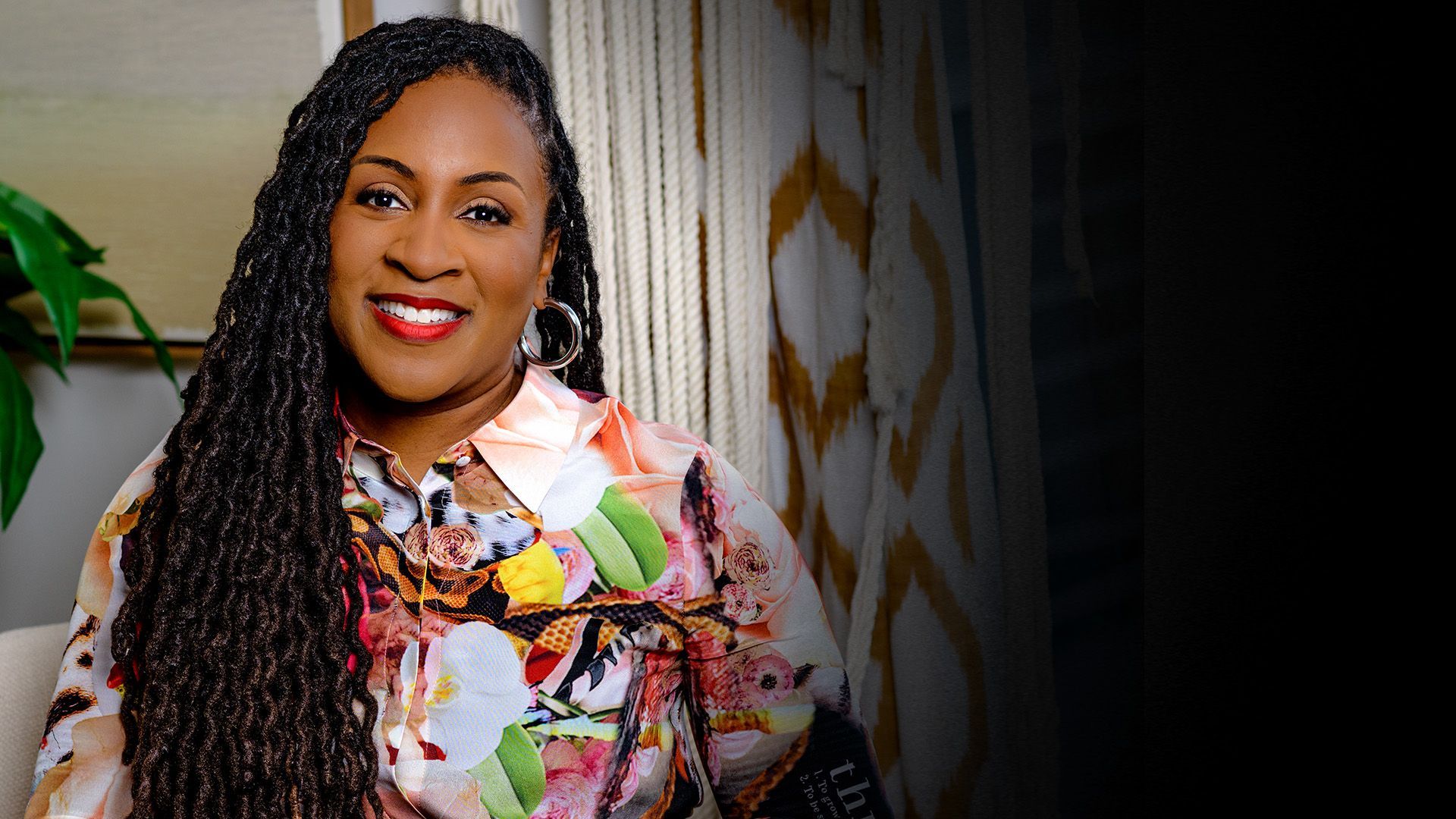

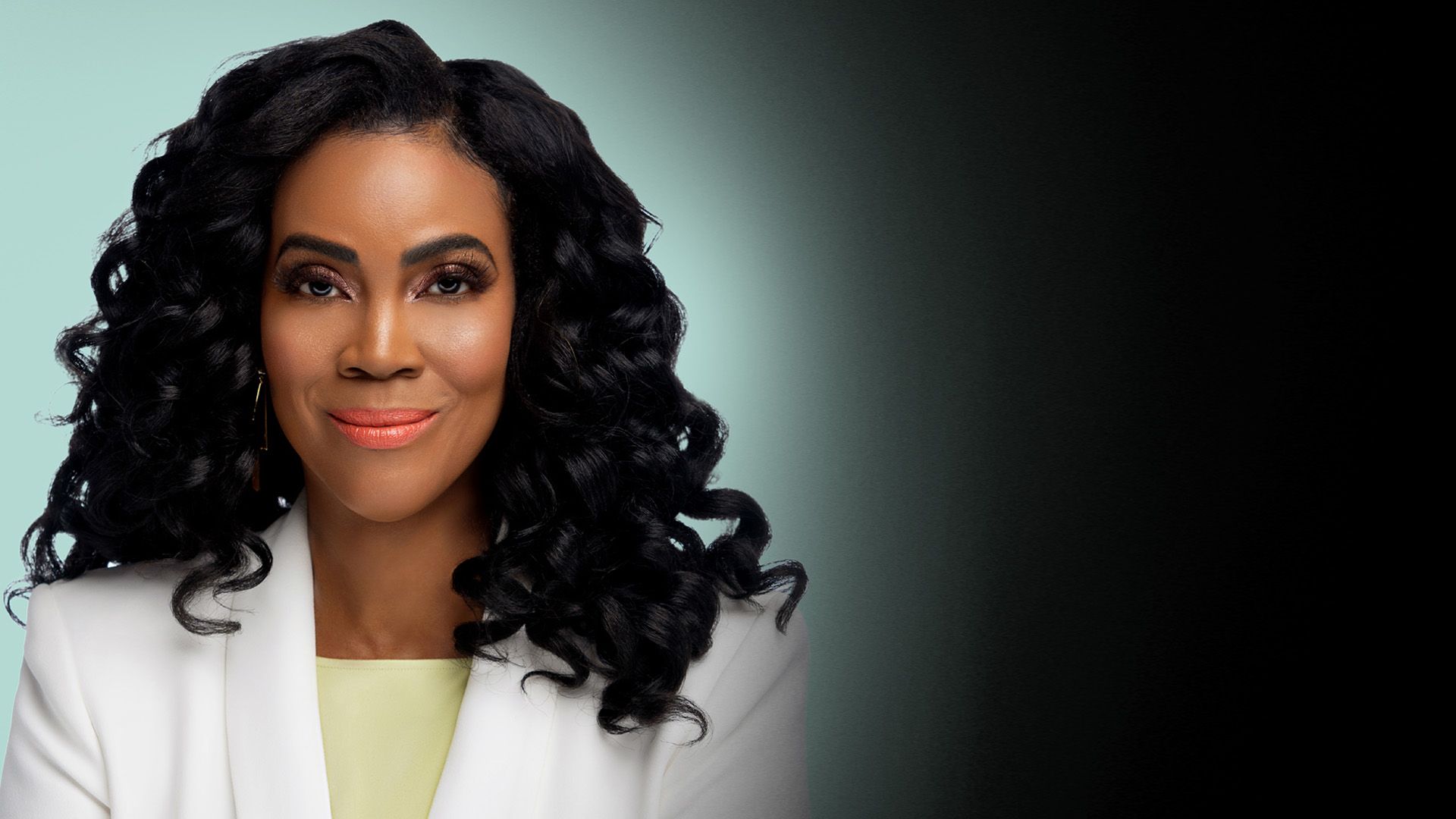


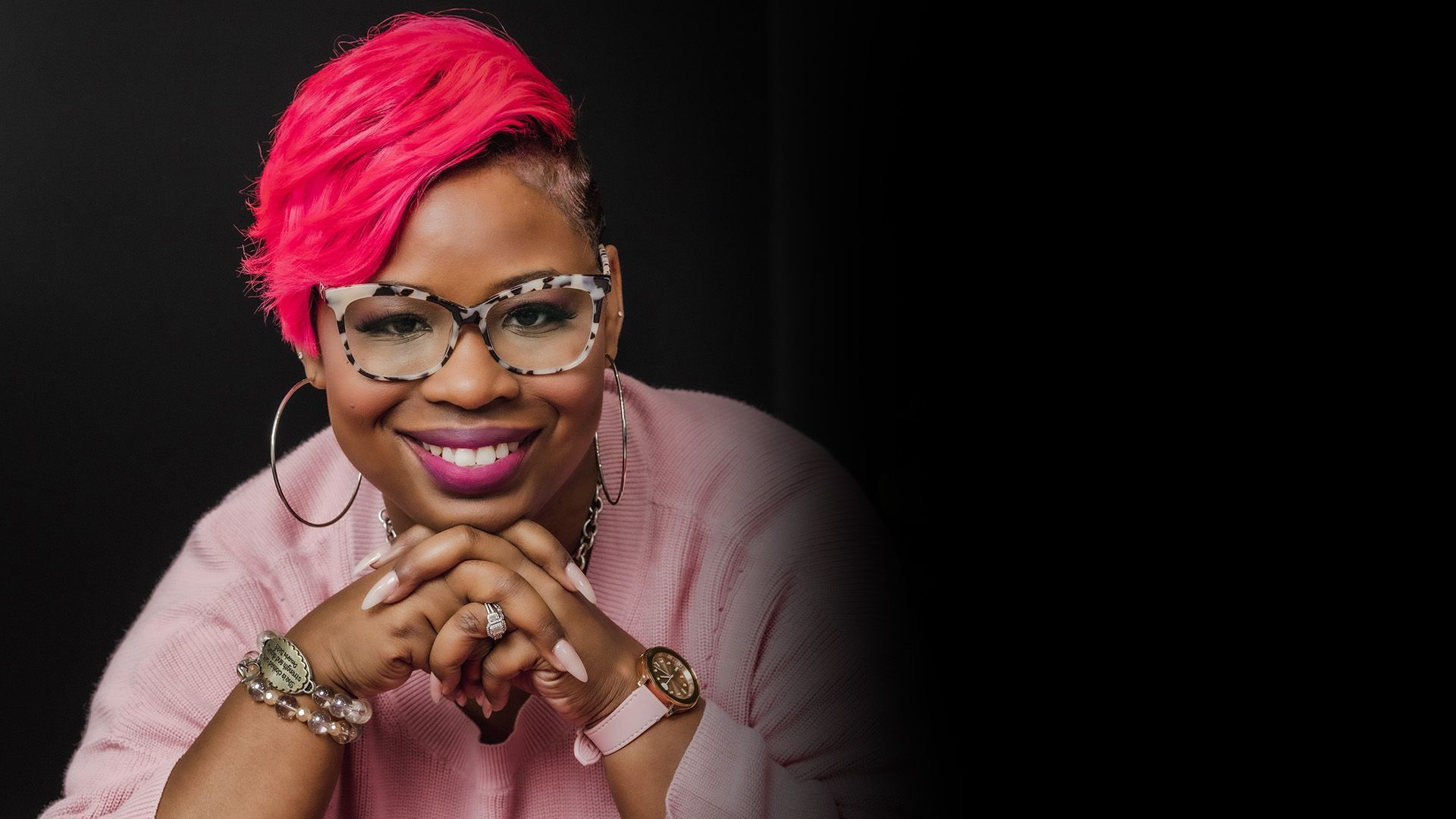
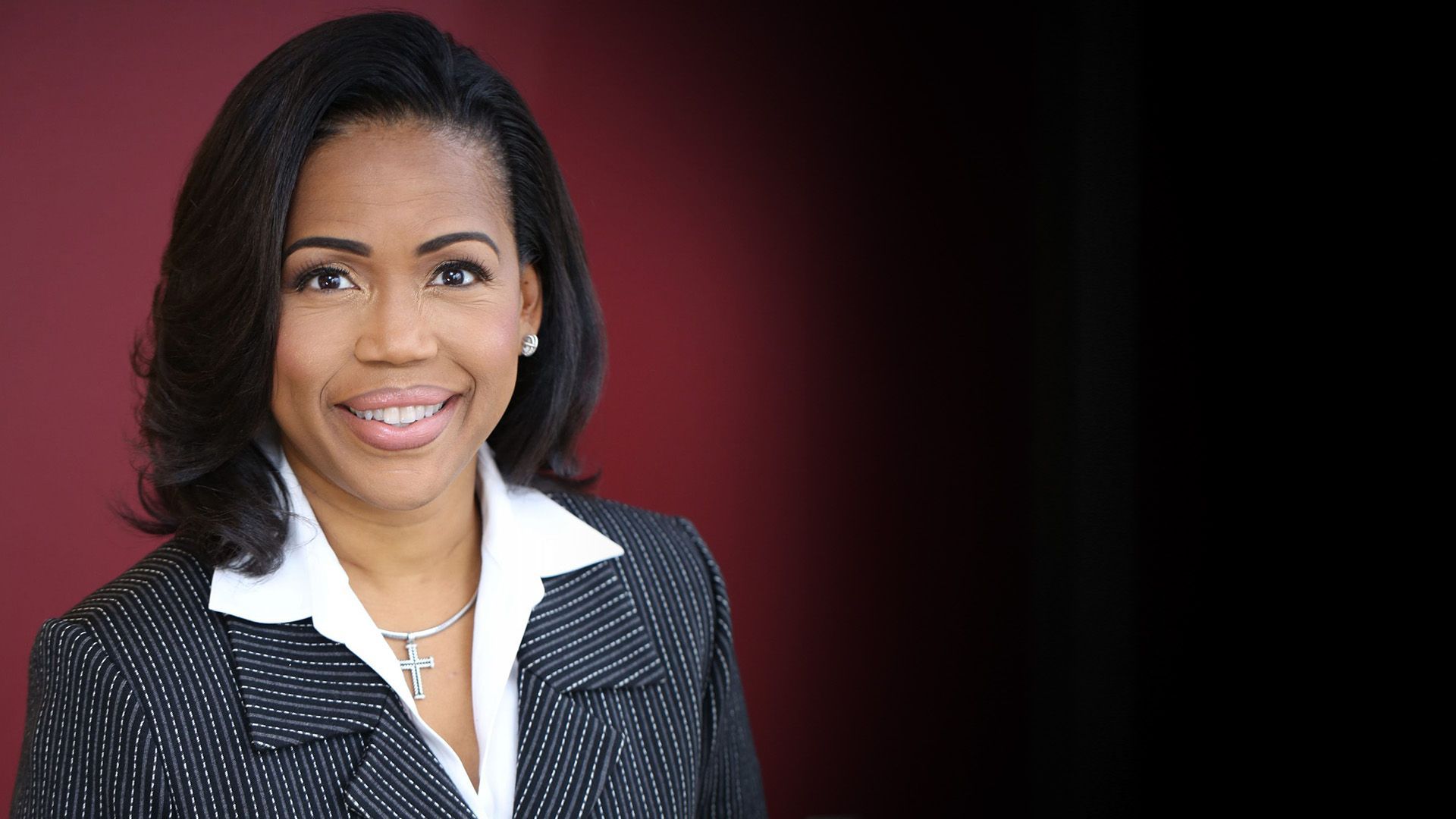

Burnout by Budget: How Financial Stress Creates Emotional Fragility in Leaders & What to Do About It






